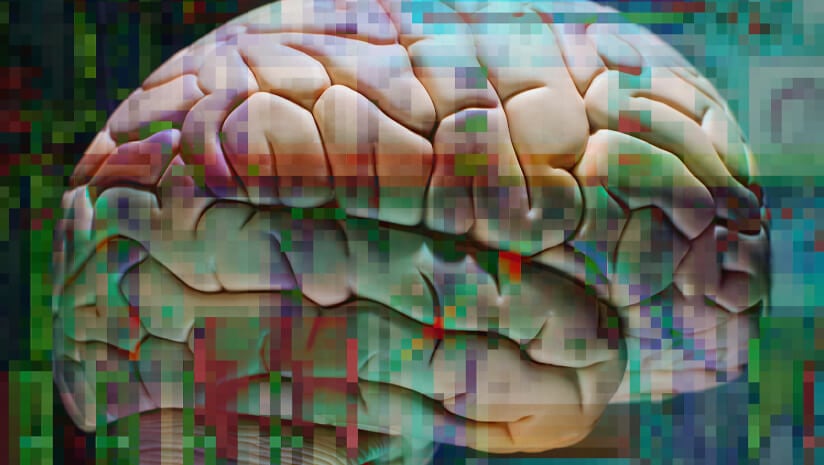Writing in the journal Experimental Brain Research, investigators found paraxanthine supplementation superior to caffeine for cognition, increasing memory, reasoning, response time and sustained attention. Paraxanthine also has a smoother boost than caffeine, which can sometimes have undesired side effects like jitters or crashes.
The researchers used enfinity, a pure and patent-pending form of paraxanthine distributed by TSI Group. Dietary supplement innovation company Ingenious Ingredients led and funded the study, which was conducted by Radiant Research Services Pvt. Ltd. (Bangalore, India). The study’s findings are supported by four previous clinical trials and preclinical work.
“We are excited about the continued paraxanthine research and about bringing this effective and well-tolerated ingredient to consumers,” TSI Group president Larry Kolb said in a statement. “It is opening huge opportunities in the functional beverage/energy space.”
Combating neurodegeneration
The metabolic products of caffeine are its active ingredients, which include paraxanthine, a central nervous system stimulant. Paraxanthine is “the main metabolite of caffeine, accounting for 70–72% of ingested caffeine and 85% of the methylxanthine metabolic by-products,” the researchers noted.
Scientists are acutely interested in the role caffeine may play in the aging brain. According to the researchers, “aging is accompanied by a range of physiological and neurological changes that can significantly impact cognitive function, including declines in synaptic plasticity, neurogenesis and alterations in neurotransmitter systems—all of which may impair learning and memory.”
Paraxanthine can protect dopaminerigic neurons as well as guard against neurodegeneration. Some studies indicate that caffeine reduces Alzheimer’s disease risk but also improves memory by controlling synaptic dysfunction.
Caffeine is a naturally occurring, widely used nootropic found in many exercise-related products. Despite its continued consumption and promise to mitigate some conditions, caffeine supplementation can show inconsistent outcomes, sometimes having no benefits or even worsening performance in study participants.
Prior to this study, no preclinical research had compared the cognitive effects of paraxanthine and caffeine supplementation. The researchers sought to determine whether paraxanthine consumption influences cognitive function in young and older rats and whether paraxanthine is more effective than caffeine. They also sought to determine if caffeine and paraxanthine impact the same mechanistic targets: neurotransmitter levels, beta-amyloid production, neurochemical BDNF, and antioxidant capacity.
Study details
Sixty-four male Swiss Albino rats were divided into four groups: control, low-dose paraxanthine, high-dose paraxanthine and high-dose caffeine.
Enfinity energy partner Shawn Wells said that the preclinical study was inspired by the need to discover paraxanthine’s effects on various populations.
“Aging is associated with a decline in cognitive function, including reduced neurotransmitter synthesis and receptor activity,” he said. “To investigate the potential effects of aging on cognitive performance, we included both young and old animals in this study.”
The rats were given between 2.57-10.28 mg a day depending on their group. Ingenious Ingredients supplied the enfinity, and NNB Nutrition, China, provided the caffeine in anhydrous form.
The rats were placed in a pool and were trained to leave the water via a platform. They continuously trained on this process, and the researchers measured the time it took the rats to escape onto the platform. After the rats were familiar with the process, the researchers gave them the dosages and had the rats perform the water escape test again. After the final treatment, the animals were euthanized, and their brains were measured.
“Our findings show for the first time that both paraxanthine and caffeine improve learning and memory in these age groups,” the researchers wrote. “Specifically, in young animals, all three treatments—low-dose paraxanthine, high-dose [paraxanthine] and caffeine—enhanced learning and memory compared to control. Furthermore, high-dose paraxanthine was found to be more effective than caffeine in improving these cognitive functions in young animals.”
In older rats, both high-dose paraxanthine and caffeine significantly reduced escape latency. High-dose paraxanthine elevated levels of BDNF, a marker for cognitive flexibility, to a greater extent than caffeine, no matter the age of the rat.
The researchers also noted a reduction in beta-amyloid levels, implicated in dementia, in animals supplemented with high doses of paraxanthine and caffeine, highlighting additional possibilities for cognitive benefits.
“Aging leads to cognitive impairment, known as age-related cognitive decline,” said Dr. Ralf Jäger, a co-author on the study and enfinity energy partner. “Since cognition is no longer at its peak in older individuals, they are an ideal subject group for studying potential improvements. However, in younger individuals, cognition is already excellent, so seeing significant improvements on top of an already well-functioning system is quite surprising.”
Source: Experimental Brain Research. doi: 10.1007/s00221-024-06954-0. “Paraxanthine enhances memory and neuroplasticity more than caffeine in rats”. Authors: Ralf Jäger et al.



